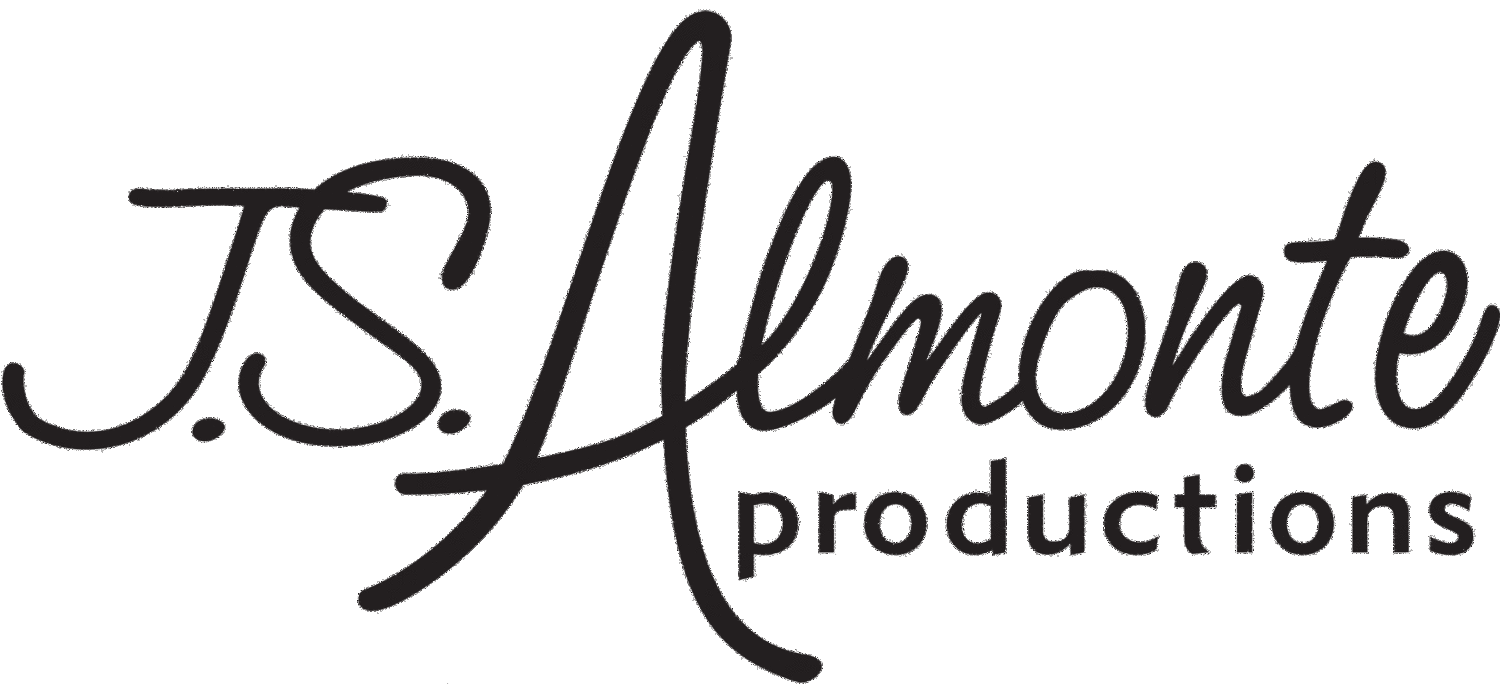Sometimes it takes me a little while to piece things together. A few months ago I attended a presentation of jazz film clips. One of them was Jammin’ the Bluesfeaturing an all star list of musicians such as Sid Catlett, Jo Jones, Lester Young, Illinois Jacquet and a host of others. I hadn’t seen the whole thing in such a long time that it wasn’t until that night that I realized that I knew who the vocalist and dancer was.
This was the same reaction I had when I was doing research for my Four Step Brothers post a few months ago. I spotted this same woman in a clip with the aforementioned group dancing along with Harold Nicholas in this scene from the film Carolina Blues.
The female dancer in a black dress pairing off with the legendary Harold Nicholas at 5:15 is Marie Bryant.

photo source: last.fm
This was one too many coincidences, so I decided to do a little research. I was rewarded with a very interesting portrait of a lesser known jazz dancer that I thought I'd share with you.
Marie Bryant was born in 1919 in Meridian, Mississippi. Somehow she made it up to Chicago to make her professional debut with Louis Armstrong at the age of 15. She performed with Lionel Hampton in Los Angeles a year later, and eventually she ended up in New York City where she danced at the famed Cotton Club.
There she met Duke Ellington who once referred to her as “one of the world’s greatest dancers.” After touring with the band as a dancer for three years she landed a role in Ellington’s first full length stage musical entitled Jump For Joy. She eventually went on to sing and dance in an Ellington film short featuring “Bli-Blip,” one of the songs that she performed in that show.
After that experience with the Duke, she landed small roles in several films and also taught dance for movie studios and at various schools including Katherine Dunham’s Dance School where she met and eventually became best friends with Lena Horne. Over the years her students included Marlon Brando, Debbie Reynolds, Bob Hope, Lucille Ball, Vera-Ellen, Cyd Charisse, Ava Garfener, and Mitzi Gaynor. She also worked with Fred Astaire’s choreographer, Hermes Pan and served as an assistant to Jack Cole. Once, when she was asked what she did for Jack Cole she replied, “I teach Betty Grable to shake her buns.”
After asking her to work with Vera-Ellen on something, Gene Kelly called her “one of the finest dancers I’ve ever seen in my life.”
“I’ve built a dancing style of my own that can best be described as ‘controlled release.’ This consists in finding the natural line in each body and the favorite ways it likes to move about—then controlling these movements.” – Marie Bryant
After the club where she was headlining closed in 1948, she began teaching chorus lines at a burlesque house and then eventually took the stage performing strip teases. In an interview with Ebony in 1950 she said that she wanted “to make the strip more of a dance and less of a come-on, to give the stripper more art and more dignity.”
She eventually moved on to Europe in the early in 1950’s where she appeared in a show called “High Spirits” in London.
It is at this time when she recorded the bulk of her singing catalog. Interestingly enough, she sang mostly calypso music. Despite her association with some of the best in jazz, she only recorded six swing songs, four of which were with The Mike McKenzie Quartet in London.
She had a wonderfully easy going style that’s reminiscent of Billie Holiday which you can hear for yourself in the few recordings that she did. You can find and download them all on the Amazon dot coms. It’s all good stuff, and I’ve been dj'ing her version of “Beale Street Blues” quite a bit recently.
After Marie's stay in London, she toured with various shows around Europe and Southeast Asia. During this time she married the manager of one of those shows, John A.Rajakumar, and honeymooned across India. However, he fell ill and passed away in 1965.
She was back in the states by the 1970’s, splitting her time between Hollywood and Los Vegas and running her own dance studio, the Marie Bryant Dance Studios. She died of cancer in 1978 at the of age 59 leaving a daughter and three grandchildren.
References
- A Century of Musicals In Black And White: An Encyclopedia Of Musical Stage ... By Bernard L. Peterson
- The Hornes: an American family By Gail Lumet Buckley
- The International DEMS Bulletin Duke Ellington Music Society 04/2 August-November 2004
- Kaiso No 26 - August 7, 1999
- The Mississippi Rag March 2008 issue
- Notable Black American women, Volume 2 By Jessie Carney Smith
- Paghat the Ratgirl's Film Reviews Index: The Big Bands: Duke Ellington & Lionel Hampton. 1988
- Pearl Harbor Jazz: Changes in Popular Music in the Early 1940s By Peter Townsend




